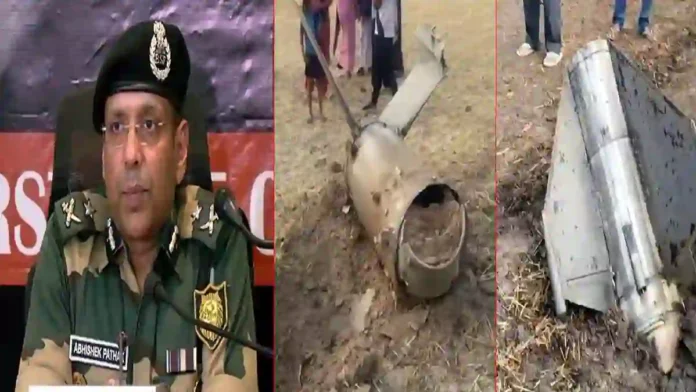Following the April 22, 2025, terror attack in Pahalgam, Jammu and Kashmir, which claimed 26 civilian lives, public and government sentiment in India demanded a strong response.
The Indian government vowed stern action against the perpetrators, and on May 7, 2025, launched Operation Sindoor—a series of precision missile and air strikes targeting terror infrastructure in Pakistan-administered Kashmir and Pakistan’s Punjab province.
The operation, as claimed by Indian authorities, specifically avoided Pakistani military bases and civilian areas, focusing instead on dismantling the operational bases of groups such as Jaish-e-Mohammed and Lashkar-e-Taiba.
In response to India’s actions, Pakistan significantly reinforced its border defences. According to intelligence reports and statements by BSF Inspector General Abhishek Pathak, Pakistan increased deployment of troops, heavy artillery, and tanks along the border adjacent to Gujarat and Rajasthan. The BSF, Indian Army, Navy, and Air Force swiftly ramped up their own preparations, deploying high-calibre weapons and advanced surveillance equipment at all border posts.
The Gujarat Frontier of the BSF, responsible for securing the border from Barmer in Rajasthan to Kutch in Gujarat, faced a unique challenge due to the region’s marshy, saline terrain and limited movement routes, making patrolling and operations especially demanding.
Read- Made-In-India Kaveri Jet Engine Undergoes Crucial Trials In Russia
Between May 7 and the cessation of hostilities on May 10, Pakistan launched a series of retaliatory attacks. According to BSF officials, nearly 600 drones and missiles were directed towards the Indian border, with approximately 200 of these (about 40%) entering Gujarat airspace.
The Indian security forces, in coordination with the Army and Air Force, successfully intercepted every attack. Some drones were shot down, while others were forced to turn back, resulting in no harm to military installations, soldiers, or civilians. Missile attacks were also thwarted, with no damage reported on the ground.
Inspector General Abhishek Pathak emphasized the unprecedented nature of the drone and missile onslaught and stated that all aspects of the attacks were being analysed to further improve India’s response capabilities.
He highlighted the seamless cooperation among the BSF, Army, Air Force, state police, and district administration, as well as the crucial support from border residents and the Gujarat state government. The operation marked the first large-scale drone battle between the two nuclear-armed neighbours, setting new precedents for border security challenges.
A ceasefire was agreed upon on May 10, 2025, following hotline communications between the Directors General of Military Operations of both nations, with international diplomatic engagement from the United States.
The ceasefire has since held, allowing for a return to normalcy in the region. The BSF and other security agencies continue to review and refine their strategies to address evolving threats and ensure the safety of border communities.
Based On A PTI Report
Agencies




